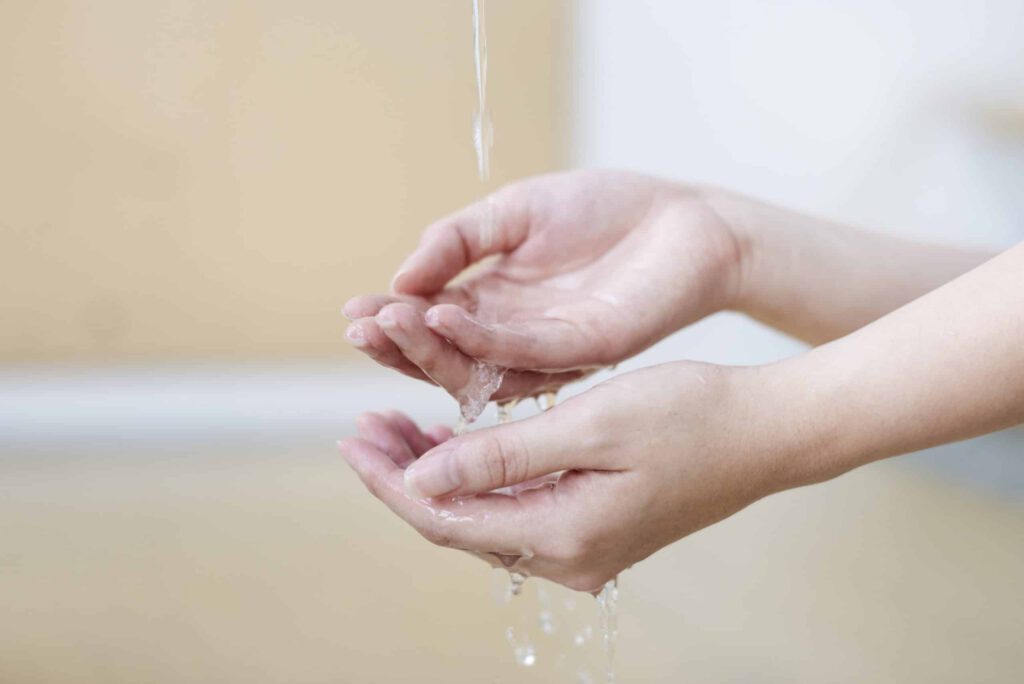With the recent discoveries of pervasive dioxane contamination, it is important to know what dioxane is and how dioxane water contamination can affect your health.
The contamination of groundwater by dioxane and other pollutants continues to be a problem in communities nationwide. Unfortunately, many people in these communities are unaware of these contaminants or the safety concerns they pose.
What is Dioxane?
Dioxane is a synthetically derived organic compound that has been used for a variety of purposes in manufacturing processes. The best known and most prevalent isomer is 1,4-dioxane, which has been classified as “likely carcinogenic” by the EPA.
Most dioxane groundwater contamination throughout the country occurred as an unintentional byproduct of manufacturing in the late 1900s, mainly via direct environmental disposal of solvents.
People may not know that dioxane is a constituent of commonly used household products such as shampoos, body washes, bubble bath gels and laundry detergents. Dioxane is also found in products such as paint strippers, spot removers and adhesives.
How Can You Be Exposed to Dioxane?
You can be exposed to dioxane through breathing contaminated air or consuming contaminated water and food. Dioxane quickly evaporates into the air, and can seep down into shallow groundwater sources and contaminate wells that supply public drinking water.
It is important that you check with your local health department or environmental department to determine if a dioxane plume has moved into your community.
Some areas face higher levels of dioxane contamination in public water than others. For example, in Long Island, New York, dioxane contamination was discovered to have come from routine spills or direct ground disposal of solvents from manufacturing operations between the 1950s and the 1990s.
Long Island’s water districts are now using more advanced technology to remove dioxane from tap water to ensure the safety of their citizens.
What are the Health Effects of Dioxane Water contamination?
Short term exposure to dioxane water contamination can cause eye, nose and throat irritation. Additionally, long term exposure at low levels can cause the following:
- coughing
- vomiting
- wheezing
- skin irritation
- damage to the liver and kidneys
Dioxane water contamination may also affect your central nervous system (CNS), causing symptoms such as weakness, confusion, drowsiness, and headaches.
How Could Environmental Legal Services Help?
Be aware of dioxane plumes in your community. Speak with representatives at your city council, town hall and health department for more dioxane information. If you are affected, ask them about dioxane water contamination clean-up.
If you believe your water supply has been contaminated by dioxane, there are a variety of legal actions that you may take, but the most effective approach is to get involved in an existing lawsuit against liable parties. Contact Napoli Shkolnik’s environmental legal services team today for more information.
